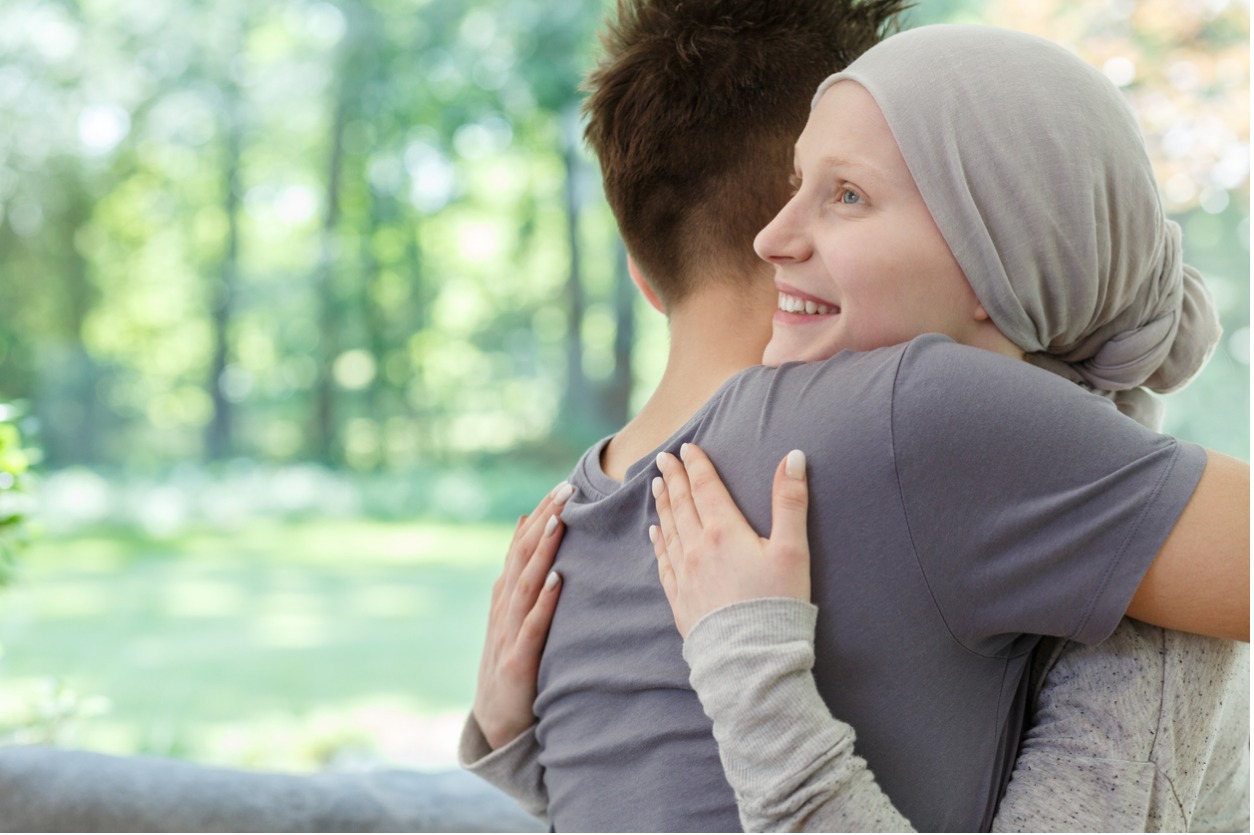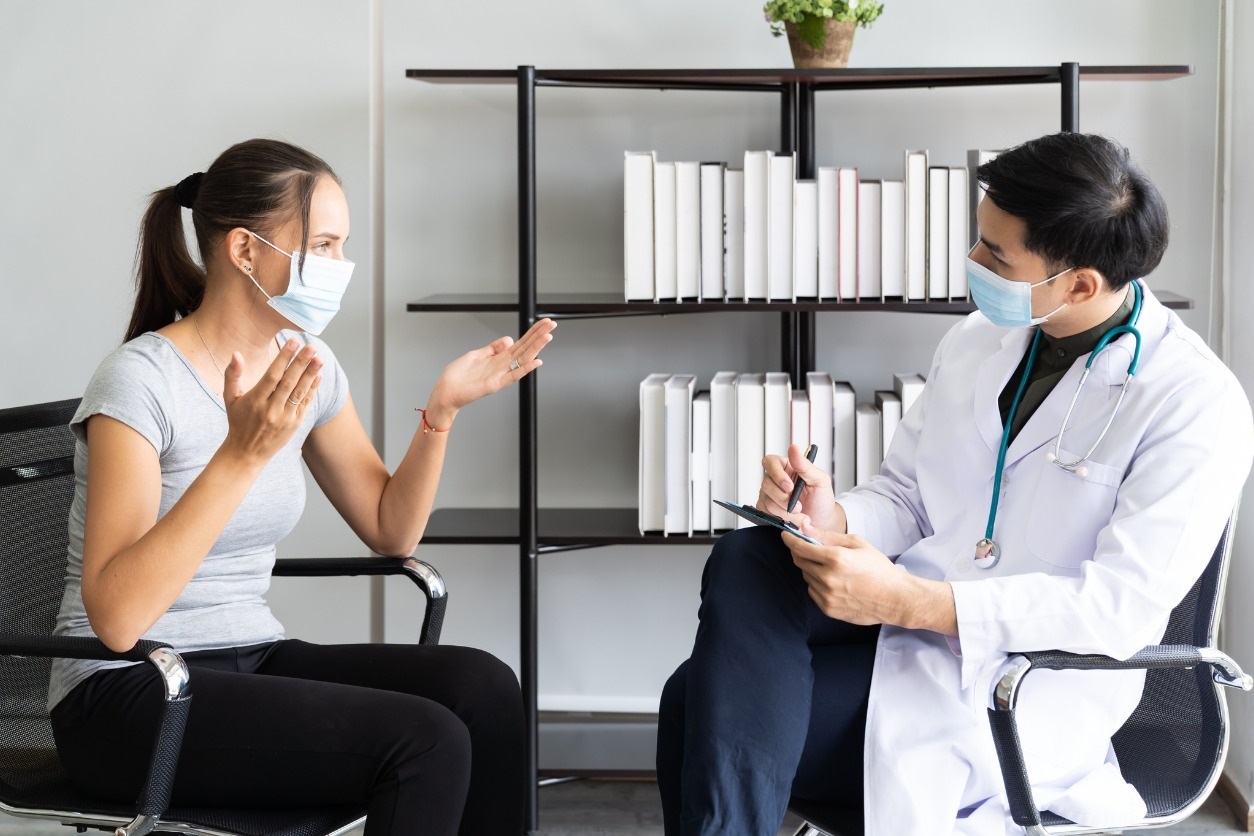The U.S. Surgeon General’s Advisory on Alcohol and Cancer Risk 2025: What Does it Mean?

Written By: Amy McQueen, PhD - Washington University in St. Louis; Nadia A. Sesay, MA, PhD Student - University of Kentucky; Kara P. Wiseman, MPH, PhD - University of Virginia; Jennifer L. Hay, PhD - Memorial Sloan Kettering Cancer Center
In January 2025, the Office of the Surgeon General (SG) published an Advisory report of the current scientific evidence about the risk of cancer due to alcohol use. The goal was to raise awareness that alcohol is the third leading cause of preventable cancers in the U.S. after tobacco and obesity.
In the U.S., alcohol contributes to nearly 20,000 cancer-related deaths annually. Based on existing scientific data, alcohol use is linked with increased risk of seven types of cancers: mouth, throat, larynx, esophageal, liver, breast, and colorectal.
The Advisory also provided current scientific understanding of the ways alcohol use is thought to increase cancer risk and highlighted that more research is needed. Of note, breast cancer risk increases with drinking levels as low as one drink per day.
Although some evidence shows a reduction in risk for some cancers if alcohol use is reduced or stopped, more research is needed to better understand the effects of reducing cumulative dose effects. As of February 2025, the World Health Association has also followed suite to recommend alcohol warning labels to inform customers of cancer risks.
Surgeon General Recommendations on Alcohol and Cancer Risks
Acknowledging that many Americans are not aware of alcohol as a risk factor for cancer, the SG Advisory suggested several potential actions. These included the potential addition of warning labels on alcohol products similar to those on cigarettes, population-level education initiatives, and discussions with clinicians.
Although sometimes overlooked, cancer risk warning labels have led to a decrease in cigarette consumption. Since 1965, warning labels have been included on tobacco packages and advertisements. Warning labels in other countries also highlight the negative health effects of smoking.
Since 1986, the state of California has required cancer warning labels on several types of consumer goods. The law, Proposition 65, also requires labeling that on alcohol containing beverages that warn consumers of the connection between alcohol and cancer. Those warnings may be cause for residents in California having increased awareness of the alcohol cancer link. Labels on alcohol packaging and advertisements are expected to increase attention among consumers; people who see the warning and think about their risk are more likely to reduce or stop drinking. Ireland has already recommended and will be the first country to implement alcohol warning labels.
Public Education About Alcohol and Cancer Risks
The SG Advisory has the potential to serve as a watershed moment for alcohol in our culture, just like the Advisory on tobacco and cancer had in 1964. In that year, widespread coverage of the link between tobacco and cancer served as an inflection point, after which smoking rates steadily fell, policy initiatives were passed, and at the same time, the cultural cache of smoking became dramatically reduced over time.
As such, the SG Advisory can serve a cultural purpose, to increase awareness, research, and the ability for individuals to make informed decisions about alcohol use for themselves and their family. In advance of policy changes for alcohol warning labels, the Advisory has increased attention to this topic in traditional media, social media, and public discourse. Going forward, multiple efforts will be needed to disseminate, repeat, and elaborate on this critical public health message, particularly within our fast-changing news and media environment.
Despite the promise of improved informed decision making, there are communication challenges that remain. Several psychological theories describe the varied biased processes people use when confronting personal risk information that rationalizes past behavior and hinders acceptance of “restrictive” public policy.
What Comes Next?
To address these challenges, we will have to learn from the over 50 years of initiatives to address the harms of tobacco. Counter-messages will be needed to deflect industry ads defending “responsible drinking” levels and the benefits to stress reduction and well-being.
The evidence for different alcohol risks is nuanced and probabilistic. Having one drink in a day presents very low individual risk, but as the frequency and quantity increases, even “light” drinking poses increased relative cancer risk, which is most clear for breast cancer risk. There is a danger in trying to over-simplify the risk (no drinking is safe), as well as portraying it as too complex (adjusted relative risk ratios with accompanying study limitations), that people tune out or misinterpret the facts. Also, some individuals lose trust when recommendations change over time (e.g., red wine, COVID protections).
SG Advisory represents an important step in public education regarding the cancer risks of alcohol use, across all drinking levels. We look forward to the development of a range of efforts to increase awareness of these risks across the population, tools to understand personal risk, and the integration of alcohol risk reduction support and interventions across the cancer care continuum from prevention to survivorship.
More Articles

Prevention, Survival and Recovery from Cancer: The Case for Exercise
Research shows that exercise and physical activity can help prevent cancer, as well as increase odds for survival and improve recovery. Learn ways to improve functioning and quality of life after cancer with exercise.

Six Ways to Support a Friend with Cancer
A cancer diagnosis can come as a shock-- especially when it happens to a friend. Here are six ways to support a loved one who was recently diagnosed with cancer.

Choosing a Therapist after Cancer
A cancer diagnosis is an extremely stressful event. Many cancer patients find it helpful to share their experience with a therapist. Learn how to find a therapist that suits your needs as a cancer patient.

